Top Vaccine-Preventable Diseases

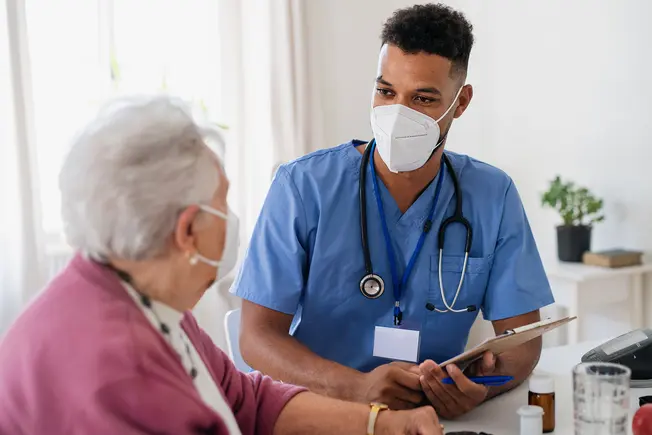
1. COVID-19
What it is: An infectious disease caused by the SARS-CoV-2 virus.
How you get it: COVID-19 spreads when an infected person coughs, sneezes, or talks. Droplets and particles fly out, and other people can breathe them in. The disease can also spread when those droplets land on a surface, then someone else touches the surface and puts their hands on their face.
Why it’s serious: Most people who get COVID have only mild to moderate symptoms. But some can become seriously ill, especially those with medical conditions like heart disease, diabetes, chronic respiratory disease, or cancer.
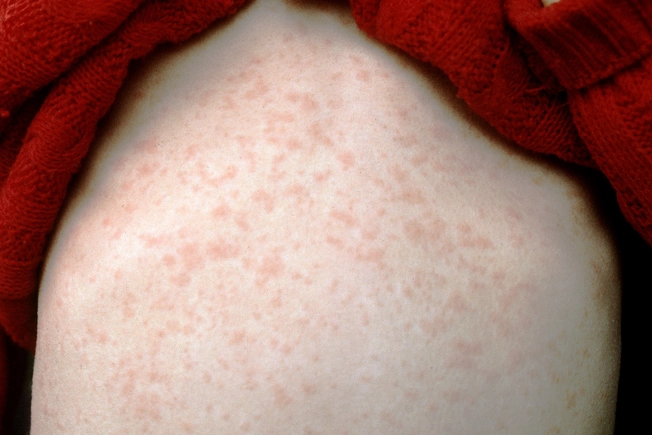
2. Measles
What it is: A highly contagious viral infection that involves the respiratory system, including the lungs and breathing tubes.
How you get it: The measles virus gets into the air when someone who has it coughs or sneezes. It can also last for up to 2 hours on something they touched. Most people who aren't immune -- 90% -- will get it if they are near an infected person.
Why it’s serious: Measles can cause pneumonia, brain swelling, and death. Before the vaccine, 3 million to 4 million people in the U.S. got measles each year, 48,000 were hospitalized, and 400-500 died.

3. Whooping Cough (Pertussis)
What it is: A lung infection that makes it hard to breathe due to severe coughing.
How you get it: People can breathe in the pertussis bacteria when someone who has whooping cough coughs or sneezes.
Why it’s serious: It can be life-threatening, especially in babies less than 1 year old. Whooping cough can lead to pneumonia, seizures, and slowed or stopped breathing.
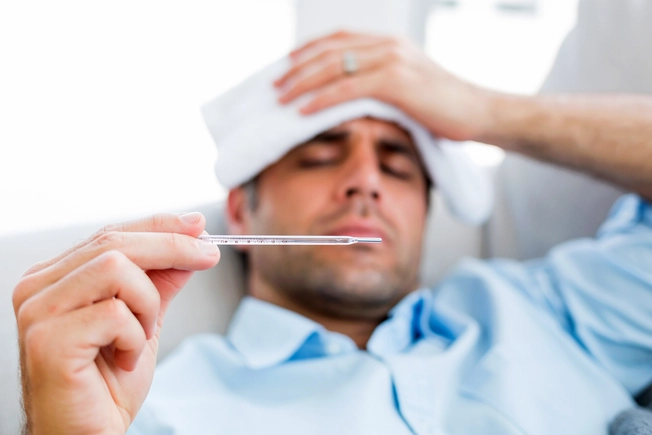
4. Flu
What it is: A viral infection of the nose, lungs, and throat.
How you get it: When someone with the flu coughs, sneezes, or talks, droplets can spread up to 6 feet away. People get the virus from the air or by touching something the sick person touched and then touching their own nose or mouth.
Why it’s serious: Up to 61,000 Americans die from the flu each year. The flu can create severe complications for people with asthma or diabetes.
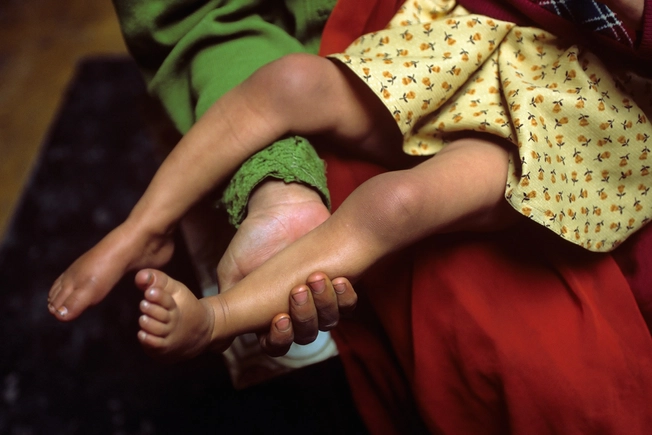
5. Polio
What it is: A viral disease that affects the muscles.
How you get it: The polio virus lives in the intestines. You can get infected by coming into contact with a sick person’s feces.
Why it’s serious: Most people get no symptoms or flu-like symptoms that last a few days, but polio can cause brain infection, paralysis, and death. It was one of the most feared and devastating diseases of the 20th century. Polio cases are down sharply thanks to vaccination, but the disease is not gone from the world.
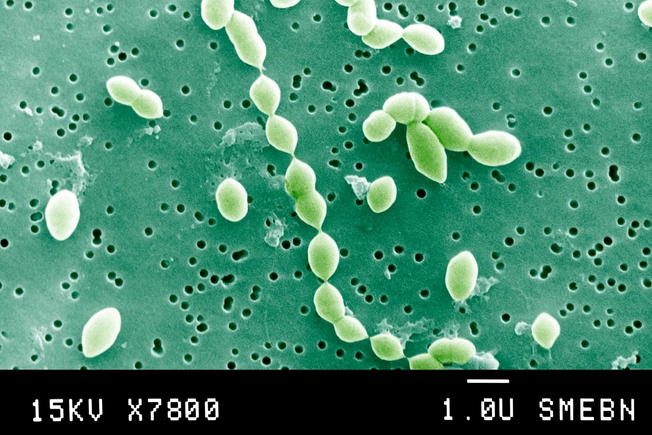
6. Pneumococcal Disease
What it is: A bacterial disease that can cause many types of illness, including pneumonia, ear and blood infections, and meningitis (which affects the brain and spinal cord).
How you get it: By coming into contact with an infected person’s mucus or saliva.
Why it’s serious: Complications can be serious and fatal. As pneumonia, it's especially deadly in people older than 65. If it causes meningitis or infects the blood, these can be life-threatening.

7. Tetanus
What it is: A bacterial disease that causes lockjaw, breathing problems, muscle spasms, paralysis, and death.
How you get it: The bacteria that causes tetanus is found in soil, dust, and manure. It can get in your body through a cut or open sore.
Why it’s serious: 10% to 20% of tetanus cases are fatal. Deaths are more common in people who are older than 60 or who have diabetes.
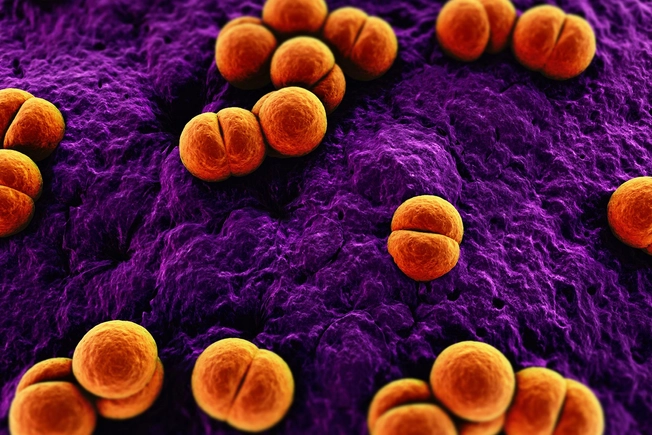
8. Meningococcal Disease
What it is: A bacterial disease that can cause meningitis, an infection and swelling of the brain and spinal cord. It can also infect the blood.
How you get it: It's caused by bacteria that live in the back of an infected person' nose and throat. It can spread through kissing or just living with someone who is infected. Symptoms are usually fever that starts suddenly, headache, and stiff neck. Getting diagnosed and treated ASAP is key.
Why it’s serious: Between 1,000-1,200 people in the U.S. get meningococcal disease each year. Even with antibiotics, as many as 15% die.
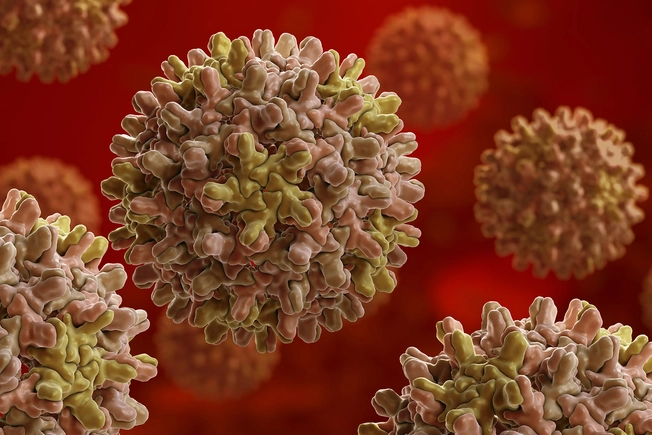
9. Hepatitis B
What it is: A chronic liver disease caused by the hepatitis B virus.
How you get it: People with hepatitis B have the virus in their blood and other bodily fluids. Adults usually spread it through sex or sharing needles. A pregnant woman can pass it to their baby. Hepatitis B is 100 times more infectious than HIV, the disease that causes AIDS.
Why it’s serious: It can lead to liver cancer and other long-lasting liver diseases, which can be deadly.
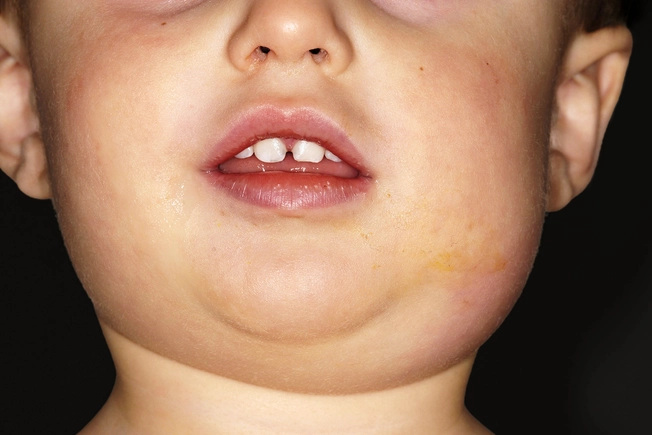
10. Mumps
What it is: A disease caused by a virus that gives people swollen salivary glands, a fever, headache, and muscle aches. It also makes you feel tired and curbs your appetite.
How you get it: When someone with mumps coughs or sneezes, the virus gets into the air, and other people can breathe it in.
Why it’s serious: It can lead to meningitis and cause long-lasting health problems, including deafness and sterility in men. Mumps is now rare in the U.S., thanks to the MMR (measles-mumps-rubella) vaccine. But outbreaks still happen, usually among people spending time close together, like living in a dorm.
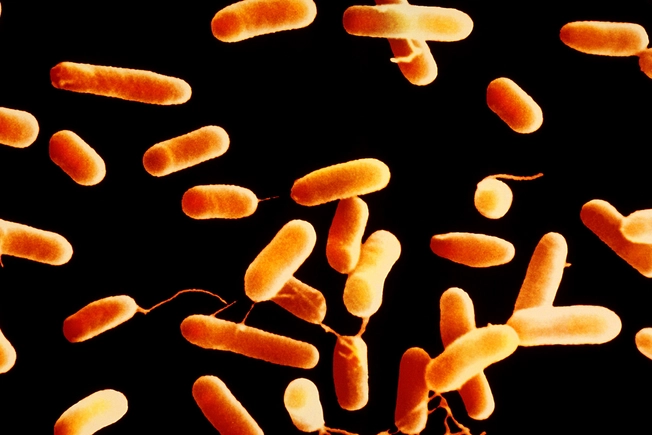
11. Hib (Haemophilus Influenzae Type B)
What it is: A bacterial disease that infects the lungs (pneumonia), brain or spinal cord (meningitis), blood, bone, or joints.
How you get it: Some people have Hib bacteria in their nose or throat but are not ill. When they cough or sneeze, the bacteria go airborne. Babies and young children are especially at risk because their immune systems are weak.
Why it’s serious: Before the Hib vaccine, about 20,000 U.S. children younger than 5 got Hib each year. About 3% to 6% of them died.